Durante la mia permanenza a Bucarest in Romania ai primi di novembre, per partecipare alla 3° Edizione del Concorso Enologico Vini di Eccellenza, di cui ho scritto ampiamente qui :
https://www.winetaste.it/ita/anteprima.php?id=7155
e qui :
https://www.winetaste.it/ita/anteprima.php?id=7144
ho avuto l’opportunità di degustare molti vini di diverse aziende, anche di nuova entrata sul mercato, e devo dire di avere trovato in alcuni casi vini veramente eccellenti, in grado di competere a livello mondiale.
Una di queste aziende incontrata durante un pranzo riservato ai commissari del concorso è :
Agricola Stirbey
srl Str. Al. Donici 36, ap.8 RO –
020479 Bucuresti www.stirbey.com
T 40 31 1035610 F
40 31 8176461 M
40 745 750356 E
LA STORIA
The Region
The wine growing region of Dragasani in southern Romania numbers among the most important wine growing areas in the country, due to its extremely advantageous geological and climatic conditions.
The hilly countryside reminiscent of Tuscany consists of loess terrain of distinct structures, usually of red-brown loam and clay layers of varying thickness in the upper section, underlain by sand, which in some places emerges on the surface. This makes the region attractive both for white wines, which are favoured in the cooler northern and eastern facing vineyards, and for red wines and aromatic white wines in the other vineyards.
The climate is mild/continental, marked by cold winters (temperatures as low as minus 20° C) and extremely hot summers (temperatures over 40° C), concentrated precipitation in early summer and late autumn, with an average of 550 mm annually.
Prince Barbu Stirbey (1795-1869)
The History
The Romanian princely family Stirbey, officially documented for the first time in the 15th century, had its origin in Walachia in southern Romania, and exercised over the course of many generations great influence on the political and economic fortunes of the country.
Under the reign of Prince Barbu Stirbey (1795 – 1869), following the Revolution of 1848, Romania was transformed from a purely feudal and agricultural country subject to Turkish sovereignity to an enlightened nation with its first ventures into industrialization, a modern school system and improved roads and railways.
During Romania’s golden age in the first half of the twentieth century, his grandson, Prince Barbu Alexandru Stirbey (1873 – 1946) was one of the most influential personalities. This is evident in politics – Stirbey was the closest adviser of King Carol I. and King Ferdinand I. – as well as in the economy. He was administrator of the royal domains and chairman of the supervisory boards in several industrial companies.
His own lands were increased in value very early on, through investments in processing facilities for agricultural products. For example, a model farm was built near Bucharest with the country’s very first canning factory. And in the huge cellar of Stirbey Palace in Bucharest, wines from his own vineyards in Walachia and Moldova were aged and preserved.
At the beginning of the 20th century, when following the phylloxera most of the country’s vineyards had to be replanted, Prince Stirbey was owner of the largest vine nursery in the country. Its research focused on furthering indigenous grape varieties, which had been nearly displaced by foreign grape varieties.
Prince Barbu Al. Stirbey (1873-1946) Princess Maria Stirbey (middle) and her sisters
In 1946, his daughter, Princess Maria Stirbey, inherited the vineyards in Dragasani, which have been in family ownership since the 17th century. After the national expropriation in 1949, its operations were carried on as a national wine producing industry. In 2001, the vineyards were restored to the heirs by the state. Baroness Ileana Kripp, granddaughter of Princess Maria Stirbey, has devoted her efforts to the revival of this traditional family property ever since.
Baroness Ileana Kripp
The Wine Estate
The Stirbey Wine Estate today consists of vineyards of the same dimensions as before the nationalisation in 1949: – 30 ha (74 acres) of land, of which 25 ha (60 acres) vineyards, on the ridge of the hills west
of Olt Valley, at 260 – 340 meters altitude, 1/3 southerly exposure, 1/3 westerly exposure
and 1/3 northeasterly exposure, with deep, loam-clay and sandy soil. – 1 wine cellar building built in the 1920’s, sufficiently dimensioned (even by today’s
standards) for processing the grapes from 25 ha (60 acres) of vineyards annually, that is,
about 900 hectoliters of wine. – 1 residential building, with apartments for workers, offices and premises
Subsequent to the successful restitution, a part of the vineyards were newly planted with Sauvignon Blanc, Merlot, Cabernet Sauvignon and two native red wine grapes, Novac and Negru de Dragasani, with a density of 5000 vines per hectar. The remaining vineyards are planted with old vines (about 25-40 years old) of native white wine grapes, Cramposie Selectionata, Feteasca Regala and Tamaioasa Romaneasca. We consider these old vines as a huge treasure, with their deep roots, able to give really intense flavours and aromas to the grapes.
Via Tiberie at sunrise
The Vineyards (“Via”) and grapes are distributed as follows:
Via Stirbey 4 ha (5 acres), facing southwest to west, Merlot, Sauvignon Blanc, in 7th year
Via Bibescu 4 ha (5 acres), facing northeast to south, Sauvignon Blanc, Cabernet Sauvignon, Novac, Negru de Dragasani, in 8th year
Via Bengescu 5 ha (12 acres), facing east, Cramposie Selectionata, 25 years old
Via Tiberie
Via Foisor
Via Rozopol
4 ha (10 acres), facing south to southwest, Tamaioasa Romaneasca (28 years old),
4 ha (10 acres), facing south to southwest, Cramposie Selectionata, 28 years old, Novac and Negru de Dragasani, both in its 2nd year,
4 ha (10 acres), facing south to east, Sauvignon Blanc, 40 years old
Emphasis is placed on autochthonous, indigenous grape varieties from the Dragasani region. The plant density of the young plantation is 5000 vines per hectar, in the old vineyards, about 3500 vines per hectar. Through nature-oriented vineyard maintenance and strict limitation of quantity for each vine, the highest quality of the grapes is assured.
Via Foisor – Cramposie vines
The wine cellars were thoroughly renovated in 2003, equipped with modern technical machinery – destemmer, press, filter, stainless steel tanks and wooden casks all the way to modern filling facilities. The stainless steel tanks of between 500 and 7000 liter capacity fulfil the highest modern technical criteria in selectively processing individual grape varieties. In utilizing wood casks (barriques) from France and Romania, great attention is paid to preserving aromas typical to each individual variety; the barrique tones are intended to supply merely a background structure.
Since the first vinification in 2003, winemaker Oliver Bauer from Germany is responsible for obtaining natural, clean wines from strictly selected top quality grapes. Producing only single grape wines allows each single variety to develop its specific character.
Priority is given to the wines ́ quality, achieved with severe grape selection in the vineyards, and gentle, clean processing oft he grapes in the cellar, in order to obtain true natural wines, without too many technical interventions. In this way 100.000 to 130.000 bottles are being produced annually.
Two thirds of the wines are being sold to top restaurants and wine shops in Romania, while one third is being exported to Western Europe.
At the winery, visitors can visit the cellar, taste the wines and delicious local meals, enjoying the enchanting landscape of the Dragasani wine region.
The most important objectives of Baroness Ileana Kripp and her staff are
– Furthering indigenous grape varieties and their specific characteristics – Rediscovery of the regional „terroir“ – Natural vineyard maintenance – Gentle, clean grape processing in the wine cellars
– Use of modern winemaking technology only where absolutely necessary
Our Estate:
–centuries-old family estates of the Stirbey Princes –25 ha (60 acres) vineyards –annual production max. 900 hl
Our Wines:
–White wines: – Cramposie Selectionata – Feteasca Regala
– Sauvignon Blanc – Tamaioasa Romaneasca
–Red Wines:- Merlot – Cabernet Sauvignon
– Novac – Negru de Dragasani – Feteasca Neagra
Our Goals:
–Discovery of the “terroir” – furthering native grapes –Vineyard work and vinification close to nature –Highly modern wine cellar technology – but only where absolutely necessary
NOTE DI DEGUSTAZIONE DI ROBERTO GATTI
In ordine di degustazione :
- Vino Prince Stirbey Spumante 2008- gr. 12,50
Ottenuto da uve Cramposie , brut nature metodo classico, lasciato 18 mesi sui lieviti :
manifesta un buon perlage fine e persistente, le bollicine salgono velocemente ed a zig-zag sulla superficie del bicchiere ; in bocca è gradevole, un leggero residuo zuccherino appena percettibile lo rende accattivante, un prodotto di buona qualità, da classificare molto buono/ ottimo ( 87/88 ) ;
2 ) Vino Prince Stirbey Cramposie 2010-gr. 12,5
Ottenuto da uve Cramposie, manifesta un naso particolare ed originale, con note agrumate ; in bocca è leggermente “ petillants “, di beva scorrevole, leggermente debole di corpo ma gradevole, buona acidità di fondo, note di agrumi e litchi, media la persistenza finale, da classificare buono ( 84/85 ) ;
3 ) Vino Prince Stirbey Novac- 2009- gr. 14
Ottenuto da uve Novac e passato per 12 mesi in barrique americane , si presenta nel bicchiere con un bel rubino dai riflessi violacei ; naso inizialmente tenue di media intensità; in bocca ha una buona bevibilità, caldo, tannini bene integrati, lungo. In questa fase nettamente migliore in bocca rispetto al naso, un vino originale, diverso dai canoni tradizionali, da provare assolutamente, da classificare molto buono ( 87/100 ) ;
4 ) Vino Prince Stirbey Negru de Dragasani-2009- gr. 14,80 –
Ottenuto da uve di Negru di Dragasani, affinato 12 mesi inbarrique americane : si presenta nel bicchiere di un rosso rubino dal grande impatto visivo ; al naso ha una bella espressione, diverso da ogni canone memorizzato e conosciuto : note di lampone ; in bocca ha una GRANDE bevibilità nonostante i quasi 15 gr. di alcol, che non si avvertono minimamente, tannini di grana fine ed integrati, molto intenso, lungo il finale. Un GRANDE vino della terra di Romania, da classificare OTTIMO/ ECCELLENTE ( 89/90 )
5 ) Vino Prince Stirbey Tamaioasa Romaneasca Dulce- 2010- gr. 12
Ottenuto da uve di Tamaioasa Romaneasca : naso aromatico che ci ricorda da vicino il moscato ; in bocca è armonico, equilibrato, gradevole, appena dolce direi abboccato, mai stucchevole, da classificare buono/molo buono ( 86/100 ) .
Una bella esperienza sensoriale ed umana, dal momento che abbiamo conosciuto la Baronessa Ileana Kripp, sposata con un altoatesino, donna dai modi veramente signorili con una innata simpatia, non facile da trovare.
Vini impeccabili dal punto di vista qualitativo e con una grande bevibilità, cosa che non avremmo mai immaginato di trovare in Romania solo pochi mesi fa.
Una nazione che sta “ scoprendo “ in questi ultimi anni i vini di qualità, che si farà conoscere presto nel mondo vitivinicolo internazionale, perchè questi vini ottenuti da vitigni autoctoni presenti in quella nazione sono molto buoni ed originali, e non si possono produrre e ritrovare in nessun altro posto al mondo.
Alla nostra salute, cari amici lettori, con i magnifici vini romeni della azienda Prince Stirbey, di cui sentiremo parlare e scrivere ancora molto in Italia e nel Mondo.
Roberto Gatti
16-11-2011
Un album di foto dell’azienda qui :
Giudice degustatore ai Concorsi Enologici Mondiali più prestigiosi tra i quali:
» Il Concours Mondial de Bruxelles che ad oggi ha raggiunto un numero di campioni esaminati di circa n. 9.080, dove partecipo da 13 edizioni ( da 9 in qualità di Presidente );
>>Commissario al Berliner Wine Trophy di Berlino
>>Presidente di Giuria al Concorso Excellence Awards di Bucarest
>>Giudice accreditato al Shanghai International Wine Challenge
ed ai maggiori concorsi italiani.







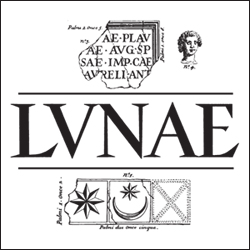
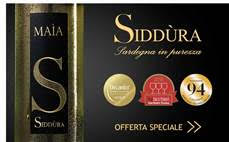



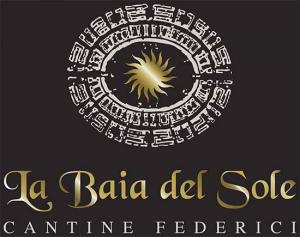










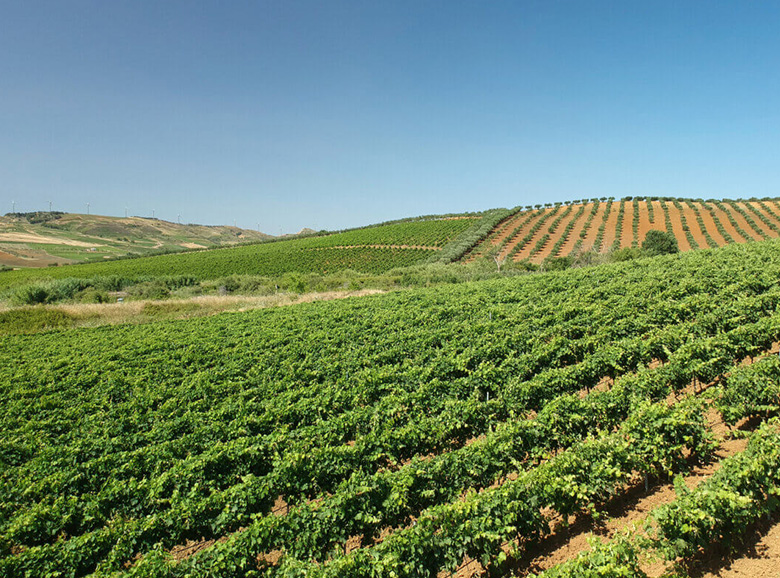
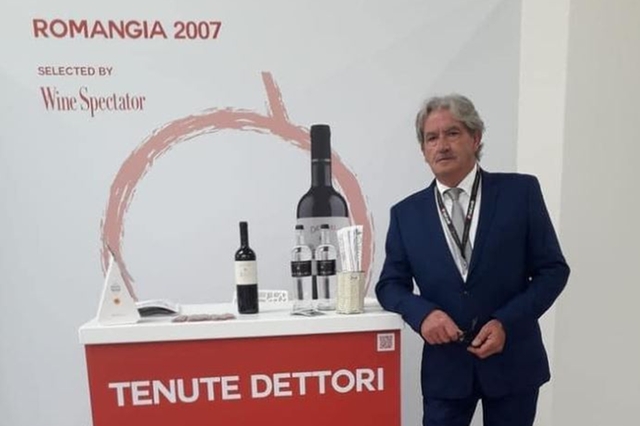

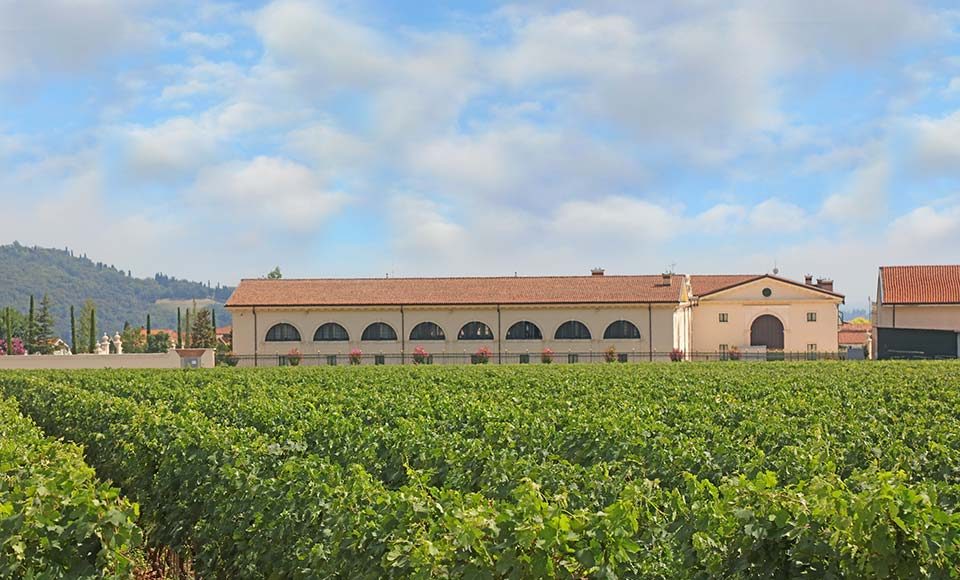
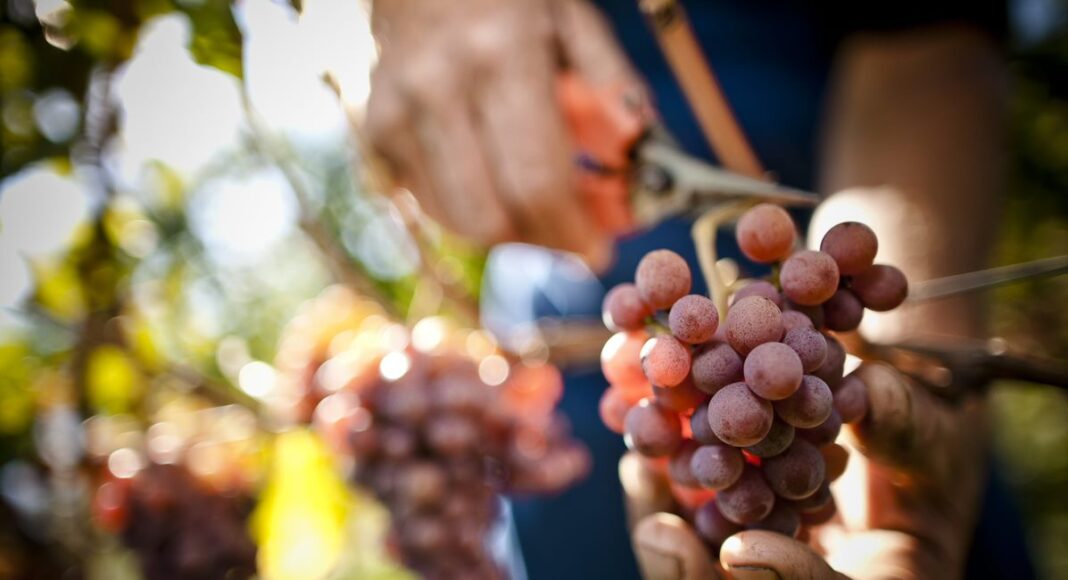


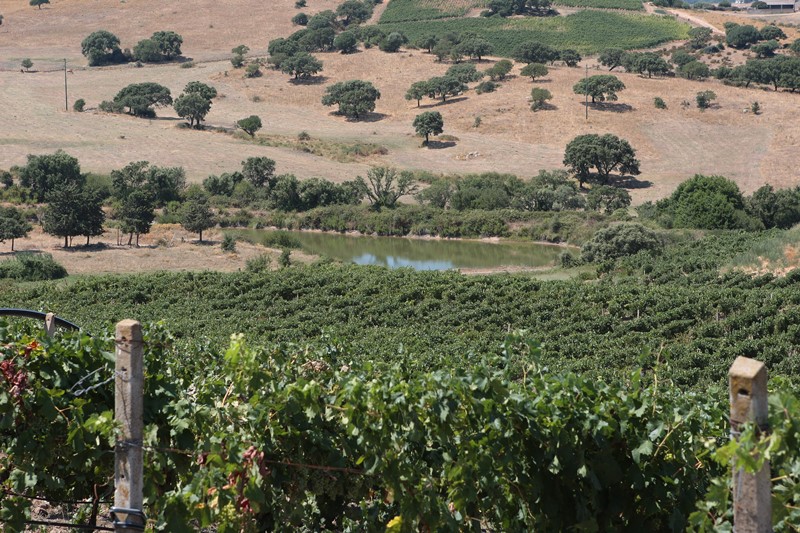
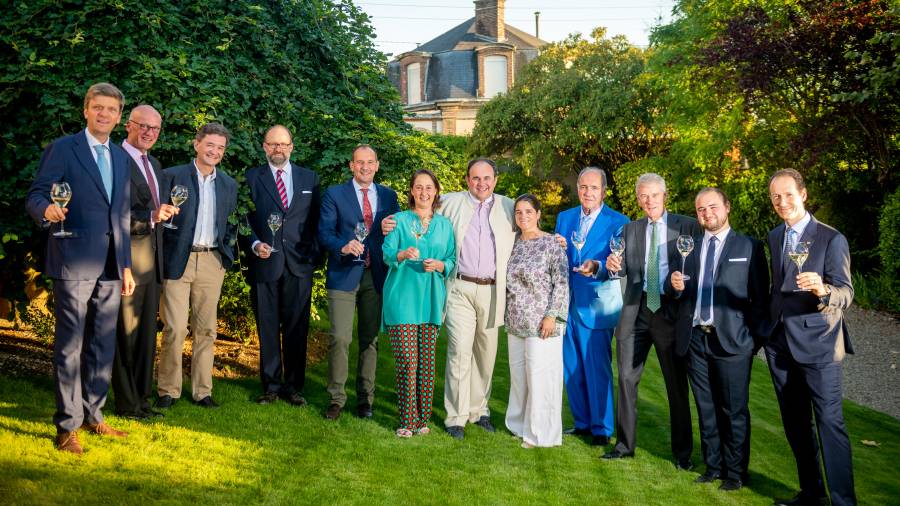
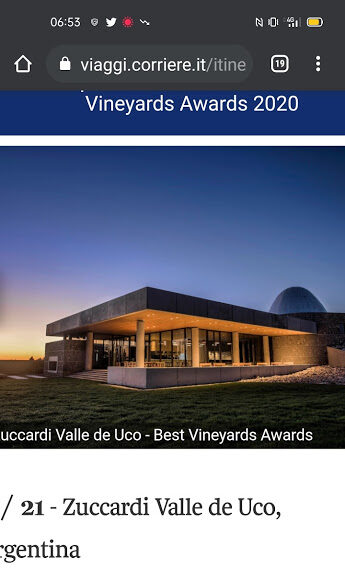




I was excited to uncover this web site. I need to to thank you for your time for this wonderful
read!! I definitely loved every bit of it and I have you book marked to check
out new stuff in your web site.
Thank you very much, follow me and you will not regret
Best regards